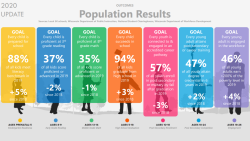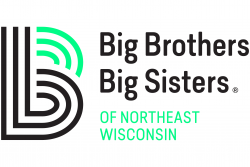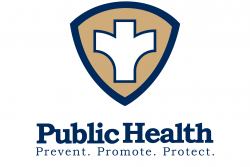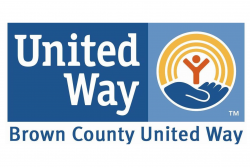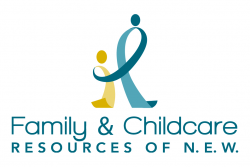Making Sense of Postsecondary Enrollment Data
By Erika Ditzman
3,256 students across Brown County made up the total county cohort of high school seniors in 2020. 1,623 (49.9%) of these students enrolled in postsecondary education. In comparison, 27,764 of 64,882 Wisconsin students (42.8%) enrolled. Brown County’s rate of postsecondary enrollment is currently higher than Wisconsin’s. Regardless, both have shown declining trends since 2015. The largest single year decline occurred in 2020, the first year of COVID-19 impact.
What is Postsecondary Enrollment?
The term postsecondary enrollment is the percentage of public high school students enrolled in a postsecondary institution by the first fall after graduation. Postsecondary enrollment is calculated by taking the number of students enrolled by the first fall after graduation, divided by the number for completer type. This data is from the Department of Public Instruction (DPI) which combines their Wisconsin student data with information on enrollment in postsecondary institutions received from the National Student Clearinghouse.
The Value of Postsecondary Enrollment Data
Postsecondary enrollment data is valuable for predicting future trends and supporting current conclusions. ABC’s Action Teams use this data to respond to the needs of the Brown County community. As an example, the FAFSA Plus Project Team has worked since 2019 to increase the FAFSA completion rate for high school seniors across Brown County. This is due to a direct correlation between the increase of FASFA completion rate and the increase of enrollment of students in postsecondary institutions. Overall, this helps provide greater access to postsecondary education and greater chance at enrollment.
For more information about why data is significant, read ABC’s blog post, “The Value of Data.”
Why are these values different from what is reported in the Community Dashboard for the Post Secondary Enrollment Outcome?
ABC’s original Outcome 3 team came to the consensus that enrollment in the military should also be considered a successful outcome after high school graduation. Self-reported postgraduate plans indicate that approximately 2% of students enlist after graduation. Consequently 2% is added to the DPI results for reporting the high-level post secondary enrollment results to reflect enlistment in the military.
Words to Know
Cohort:
A cohort is assigned to a student when they first enroll in a high school in Wisconsin public institutions. The cohort name is the year the student is expected to graduate if they complete high school in four years. For example, a student starting ninth grade at high school in the school year 2010-2011 would be assigned the cohort of 2014. Cohort counts are adjusted as students transfer in and out of districts, or if the student becomes deceased.
Completer Type:
High School completers include only individuals from the cohort that completed high school. Total cohort includes students that did not complete high school.
National Student Clearinghouse:
National Student Clearinghouse is a nonprofit organization formed in 1993 that serves the educational and workforce communities with access to trusted data, related services, and insights. They collect and compile enrollment data from over 95% of all accredited postsecondary institutions.
The Community Dashboard is a series of seven cradle-to-career outcomes for young people in Brown County from ages 0 to 26. These outcomes include Kindergarten Readiness, 3rd Grade Reading Proficiency, 8th Grade Math Proficiency, High School Graduation, Post Secondary Enrollment, Post Secondary Completion, and Employment. Positive change in any of these outcome areas indicates success. When new partnerships form, actions are taken to support young people and systems are equitably transformed.
The Post Secondary Enrollment Outcome:
The Post Secondary Enrollment outcome states that “every youth is connected to and engaged in an accredited career pathway.”
To learn more about data terminology, read ABC’s blog post on “What is Evidence-Based Decision Making?”
Published: September 14, 2021


